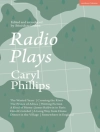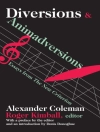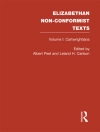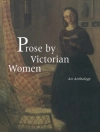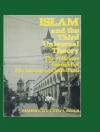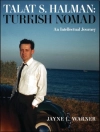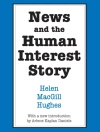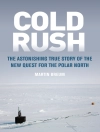This book offers a comprehensive reassessment of ekphrasis: the verbal representation of visual art. Ekphrasis has been traditionally regarded as a form of paragone (competition) between word and image. This interdisciplinary collection of essays seeks to complicate this critical paradigm and proposes a more reciprocal model of ekphrasis that involves an encounter or exchange between visual and textual cultures.
This critical and theoretical shift demands a new form of ekphrastic poetics, which is less concerned with representational and institutional struggles, and more concerned with ideas of ethics, affect and intersubjectivity. Ekphrastic encounters brings together leading scholars working in the field of word-and-image studies and offers a fresh exploration of ekphrastic texts from the Renaissance to the present day. Taken together, the chapters establish a new set of theoretical frameworks for exploring the ekphrastic encounter.
Inhoudsopgave
Introduction: from paragone to encounter – David Kennedy and Richard Meek
Part I: Early modern encounters
1 ‘Lamentable objects’: ekphrasis and historical materiality in Shakespeare’s The Rape of Lucrece – Rachel Eisendrath
2 ‘Fabulously counterfeit’: ekphrastic encounters in Kyd’s The Spanish Tragedy – Richard Meek
3 ‘Art indeed is long, but life is short’: ekphrasis and mortality in Andrew Marvell – Keith Mc Donald
4 ‘The Painter has made a finer Story than the Poet’: Jonathan Richardson’s ekphrastic ‘Dissertation’ on Poussin’s Tancred and Erminia – Jason Lawrence
Part II: Nineteenth-century encounters
5 Blind spots of narration? Ekphrasis and Laocoön digressions in the novel – Catriona Mac Leod
6 The face of Beatrice Cenci – Stephen Cheeke
7 Mirroring naturalism in word and image: a critical exchange between Emile Zola and Edouard Manet – Lauren S. Weingarden
8 Close encounters of the third kind: Hamo Thornycroft’s The Mower and Matthew Arnold’s ‘Thyrsis’ – Jane Thomas
Part III: Modern and postmodern encounters
9 An artist of the bizarre: Stanley Spencer’s ‘ordinary’ ekphrases – Liliane Louvel
10 The graphics of ekphrastic writing: Raymond Pettibon’s drawing-writing – Tilo Reifenstein
11 Ekphrasis/exscription: Jean-Luc Nancy on thinking and touching art – Johanna Malt
12 On gazers’ encounters with visual art: ekphrasis, readers, ‘iconotexts’ – Claus Clüver
Afterword – James A. W. Heffernan
Index
Over de auteur
Richard Meek is Lecturer in English at the University of Hull


